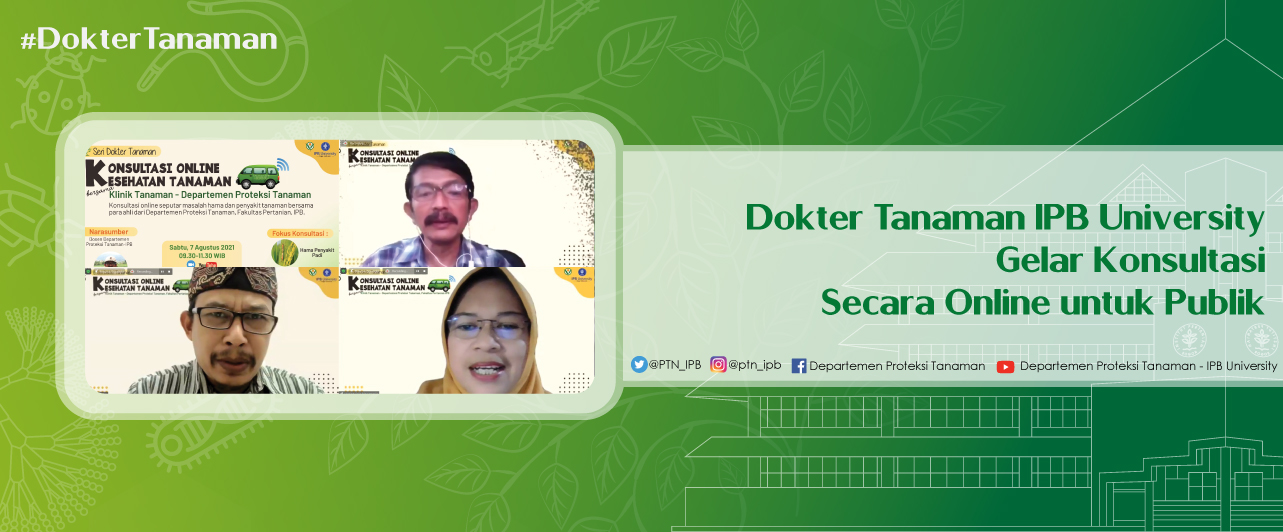
Plant Doctor of IPB University Holds Online Consultation for Public
IPB Plant Clinic under the Department of Plant Protection, Faculty of Agriculture IPB University held an online consultation on August 7th. There were lecturers who were experts in the field of Plant Protection such as Dr. Widodo (Mycologist), Dr. Abdjad Asih Nawangsih (Bacteriologist), and Bonjok Istiaji, SP, MSi (Entomologist).
Dr. Widodo explained that plants that are attacked by downy mildew will look stunted and their leaves turn yellow. "Even though it can still be harvested, the results will not be good so productivity will decrease", he explained.
There are three types of downy mildew or Peronospora maydis, P. maydis, P. philippinensis, and P. sorghi. Of the three downy mildew species, P. sorghi is the most unique because it can be transmitted through roots.
"This disease is an obligate parasite that can only live on plants and seeds. The dominant distribution is transmitted through seeds. Downy mildew has also been found to attack sorghum, wild sugarcane, Sudan grass and others", he added.
The management strategies that can be carried out are preemptive and preventive. "Preemptive measures such as the use of healthy seeds, avoiding planting around the affected area, treatment of Plant Growth Promoting Rhizobacteria (PGPR) and others. Preventive measures can be carried out until the age of 30-45 days after planting", he explained.
Dr. Abdjad Asih Nawangsih explained that the mention of blood disease (Blood Disease Bacteria/BDB) is caused because the stem that is cut crosswise will be red like blood or mucus which is an ooze of bacteria.
"The symptom is that the leaves are wilted like broken. On bananas, that are cut crosswise, circular reddish spots are also seen. It is known that the latest name for this disease is Ralstonia syzygii subsp. celebensis", he explained.
If the plant is in the generative phase (fruiting) then the fruit will taste bitter. "Land clearing is very important so that diseased plant residues are not transmitted through agricultural equipment. Prevention can be done by wrapping fruit. Transmission of BDB can be through pollinating insects, so that wrapping and cutting of finished banana buds can be done to reduce the risk of transmission", he added.
Bonjok Istiaji, SP, MSi explained about rice pests and diseases. According to him, the real problem is the unbalanced condition of the rice field habitat.
The overuse of synthetic fertilizers and the unwise use of pesticides led to the killing of the guards of the rice plant. He explained that Indonesia has a heritage of local wisdom for rice plants, sugih winih, gemi lemi, tanggon banyu, and angon prey.
"Sugih seeds means abundance of rice seeds so that they can be used for the next planting season. Gemi lemi is returning compost to the soil which is useful for plants and also needed microorganisms and soil arthropods to support plants. Tanggon banyu is keeping water at its field capacity and free prey is waiting season. So that farmers do not plant throughout the season because it can cause food availability by pests and diseases throughout the season”, he explained.
As a precautionary measure Bonjok urges to create a 'zoo' on the land to provide a balance in the ecosystem.
"Even though there are leafhoppers on the plants, their populations are directly balanced or controlled by tomcat beetles and other predators", he conluded. (IR/Zul) (IAAS/DR)
The online consultation video can be seen below:
#DosenIPBUniversity #Hamadanpenyakit #ProteksiTanaman #DokterTanamanIPB
SDG : SDG 4 - PENDIDIKAN BERMUTU, SDG 9 - INFRASTRUKTUR, INDUSTRI DAN INOVASI, SDG 15 - MENJAGA EKOSISTEM DARAT
SDG : SDG 4 - QUALITY EDUCATION, SDG 9 - INDUSTRY, INNOVATION AND INFRASTRUCTURE, SDG 15 LIFE ON LAND


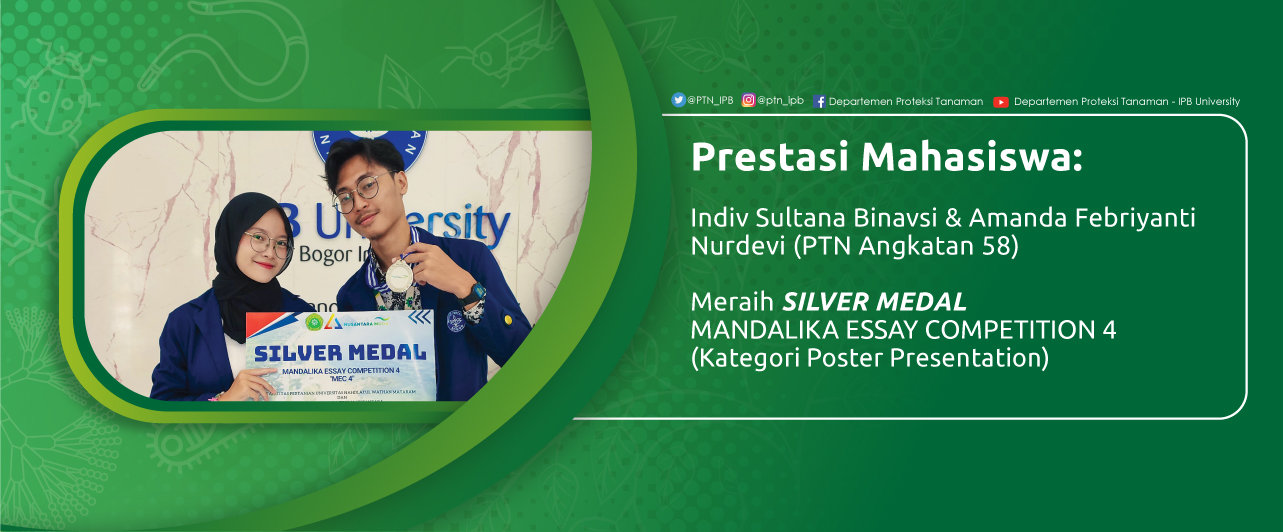
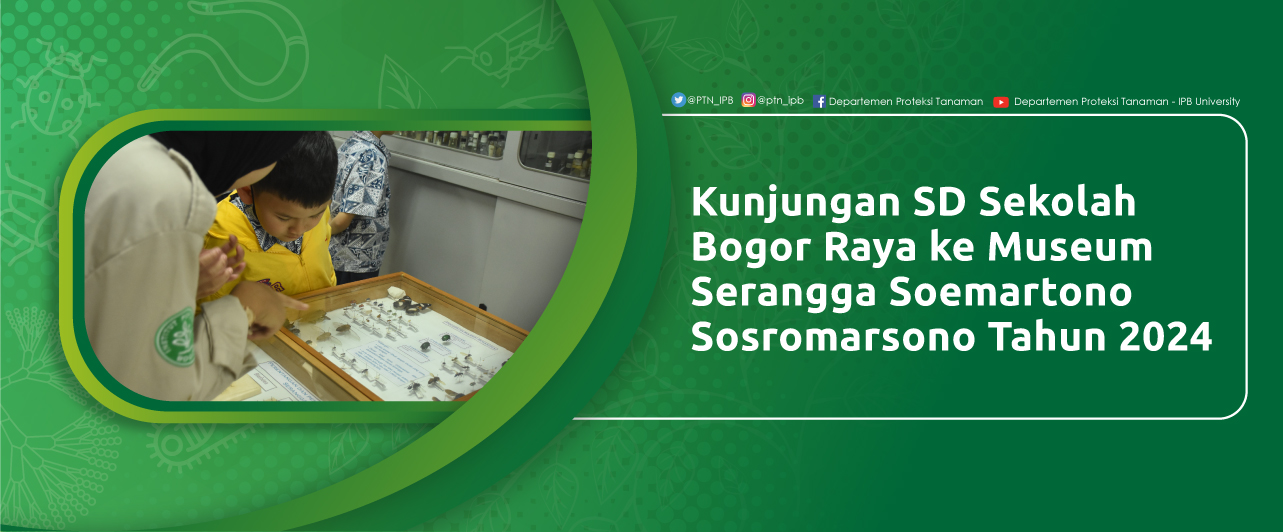
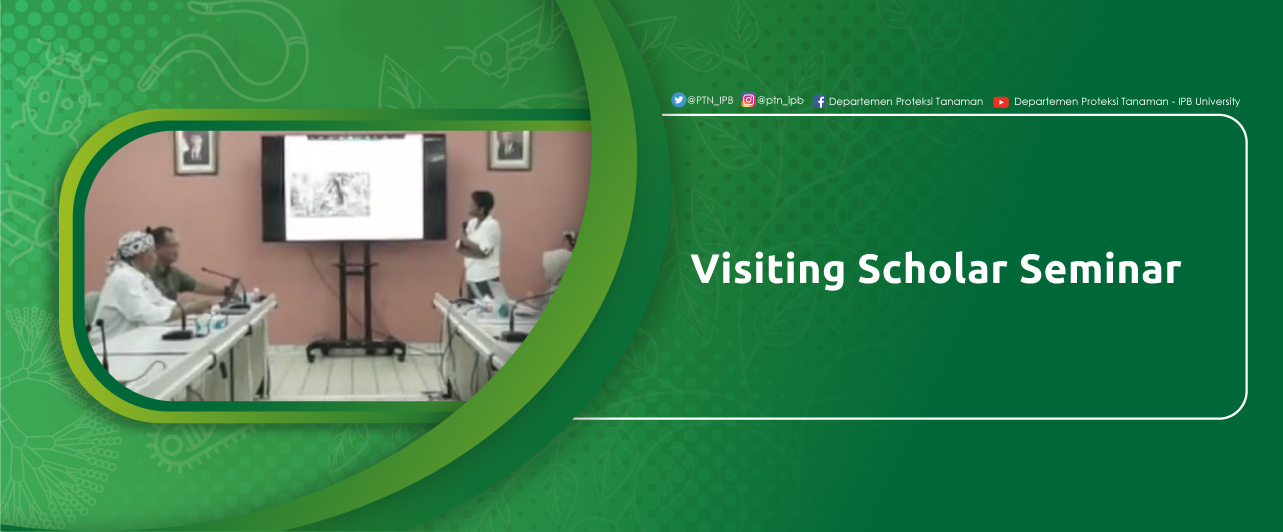
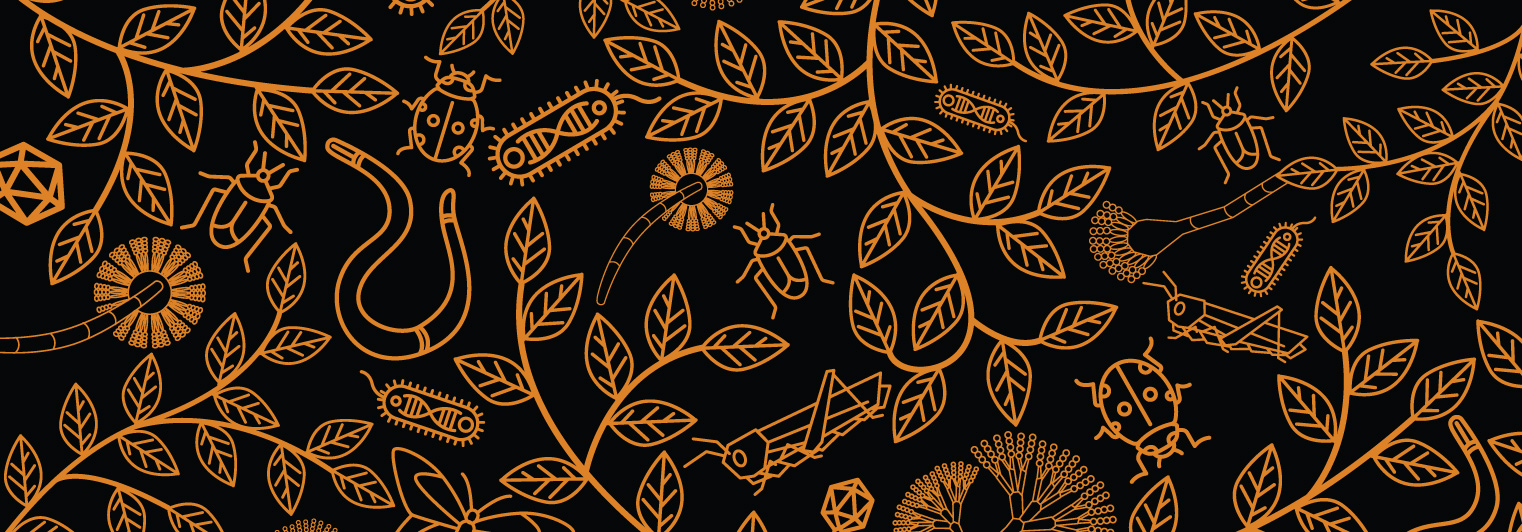

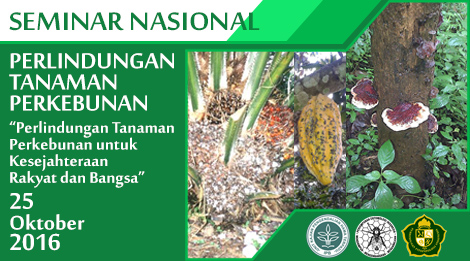

.jpg)